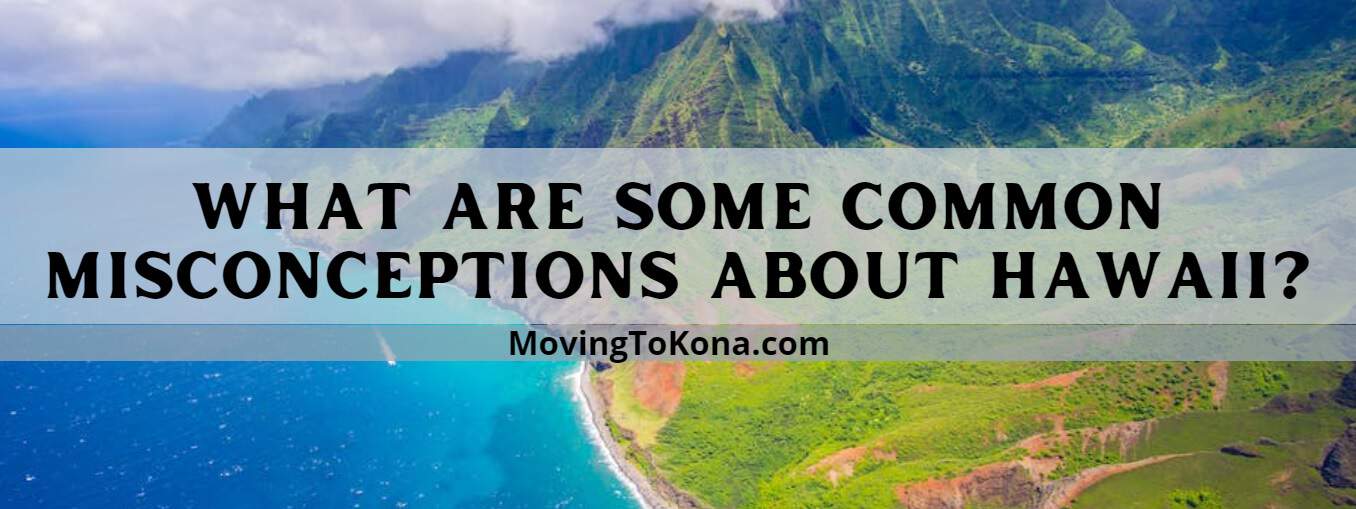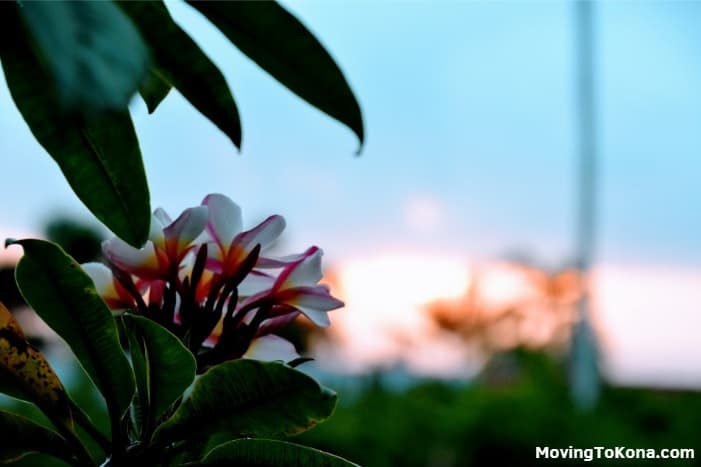What are Some Common Misconceptions About Hawaii?

What are Some Common Misconceptions About Hawaii?
There are several common misconceptions about Hawaii. Here are a few examples:
- All of Hawaii is the same: Hawaii is composed of multiple islands, each with its distinct characteristics, landscapes, and cultures. While people often associate Hawaii with images of pristine beaches and lush greenery, the islands have their unique identities, local traditions, and geographical features. It’s important to recognize and appreciate the diversity within the Hawaiian archipelago.
- Everyone in Hawaii lives a carefree, vacation-like lifestyle: While Hawaii is known for its relaxed atmosphere, beautiful scenery, and welcoming spirit, the reality is that life in Hawaii is similar to living in any other place. Local residents have jobs, responsibilities, and face everyday challenges like anyone else. Living in Hawaii involves the same daily routines and commitments that exist in other parts of the world.
- All Hawaiians surf and hula dance: While surfing and hula are significant parts of Hawaiian culture, not every Hawaiian surfs or dances hula. These activities are passions for some individuals, but it does not define the entire population. Hawaiians engage in a wide range of hobbies, professions, and interests beyond these iconic activities.
- Everything in Hawaii is expensive: While it’s true that some goods and services in Hawaii can be more expensive due to factors like shipping costs, the perception that everything in Hawaii is unaffordable is not accurate. Prices can vary depending on the location, and there are also many local businesses, markets, and affordable options available to residents and visitors.
- Hawaii is solely a tourist destination: While tourism plays a significant role in Hawaii’s economy, the islands are also home to a vibrant local community with diverse industries, including education, healthcare, agriculture, and technology. Hawaii is not solely dependent on tourism, and the islands have their own infrastructure and systems to support a thriving resident population.
- Native Hawaiians are a minority: Native Hawaiians have a unique cultural and historical significance in Hawaii. However, they are often perceived as a small minority within the state’s population. In reality, Native Hawaiians make up a significant portion of the population and have a strong presence in various aspects of Hawaiian society, including cultural preservation, governance, and community leadership.
- Hawaii is always warm and sunny: While Hawaii is known for its pleasant climate, it is not always warm and sunny year-round. The islands have microclimates due to varying elevations and geographic features. Some areas experience more rainfall and cooler temperatures, especially in the higher elevations or during the winter months.
- All Hawaiians live in grass huts: The image of Hawaiians living in traditional grass huts, often perpetuated in media and popular culture, does not reflect the reality of modern-day Hawaii. Like any developed region, Hawaii has contemporary housing options, infrastructure, and urban areas. While there are efforts to preserve and showcase traditional Hawaiian dwellings, they are not the primary form of housing for residents.
- Hawaii is isolated from the rest of the world: While Hawaii is geographically isolated in the middle of the Pacific Ocean, it is well-connected to the rest of the world. The islands have modern transportation infrastructure, including major airports and shipping ports, allowing for frequent travel and trade with mainland USA and various international destinations.
- All residents are of Hawaiian descent: Hawaii’s multicultural makeup extends beyond Native Hawaiians. The state is a diverse melting pot of different ethnicities, including Asian, Caucasian, Pacific Islander, and others. Many residents have ancestral ties to other countries, such as Japan, the Philippines, China, and Portugal, reflecting the rich tapestry of Hawaiian society.
Understanding and dispelling these misconceptions can lead to a more accurate and respectful appreciation of Hawaii’s people, culture, and way of life.

